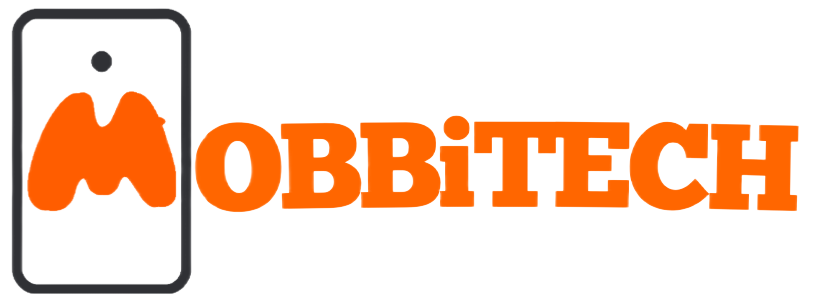Table of Contents
In today’s hyperconnected world, seamless communication is a need, not a luxury. Unlicensed Mobile Access (UMA), a powerful new option, links Wi-Fi and cellular networks to provide users unmatched data transfer speeds. This comprehensive guide aims to take a closer look at UMA, describing how it’s implemented and going over all of its benefits and drawbacks.
Understanding the Core Mechanism of UMA:
The connection between wide-area cellular networks and wireless LANs is made possible by unified mobile access (UMA). Users’ phones may seamlessly switch between Wi-Fi and cellular networks thanks to Uninterruptible Mobile Access (UMA). Cooperation between the Wi-Fi network, cellular network, and device is required to ensure a smooth transition without dropped calls or interrupted data.
Setting Up UMA:
Before setting off on the unlicensed mobile access, there are some crucial items to take care of. First and foremost, users should confirm that their mobile device is UMA compliant and can seamlessly move between cellular and Wi-Fi networks. Selecting a wireless network plan that complies with UMA regulations is the second most crucial step.
Ensuring access to a wireless local area network (LAN), which might be a public or private Wi-Fi hotspot, completes the setup process. If users can make these components cooperate, they can maximize the benefits of UMA.
Navigating the Advantages of UMA:

UMA offers several advantages to providers as well as customers. Customers may communicate uninterruptedly across many networks using a single number under UMA, surpassing the limitations of fixed-frequency cellular coverage.
Additionally, by establishing their wireless LANs, users may increase the reliability of their communications and close coverage gaps. Additionally, UMA lowers roaming charges by permitting calls across unlicensed wireless LANs, which results in significant cost savings. Per the provider’s statement, UMA can potentially reduce infrastructure expenses by optimizing network resources and strategically installing Wi-Fi hotspots in regions with inadequate coverage.
Traffic that is redirected to unlicensed wireless LANs improves cellular network performance overall by easing congestion. Furthermore, because of UMA’s flexibility, multimedia services beyond traditional voice communication may be provided, creating opportunities for new service offerings.
Technological Considerations:
UMA offers compatibility with various protocols and interfaces via its operation at the IP network layer. Due to its versatility, UMA may operate with multiple network protocols, including Bluetooth, Wi-Fi, and others, making a wide range of devices compatible.
The fact that UMA is compatible with IP-based networks facilitates the transmission of many types of content, enabling seamless integration of voice, data, and multimedia services.
Navigating Challenges and Limitations:
While UMA offers benefits, there are drawbacks and challenges as well. The most important of these problems is the need for UMA-compatible mobile phones to be available at a higher price. This hinders the ability of providers and subscribers to collaborate, which delays adoption as a whole.
Even if UMA offers mobility and a better connection, alternative communication services, including VoIP platforms or SIP-based solutions, could provide more excellent value for the money.
Maximizing UMA’s Potential:
To make the most of UMA, proactive measures must be taken. Providers should continue to support UMA-compatible infrastructure and make efforts to guarantee handset compatibility to promote adoption.
In an identical spirit, customers should investigate UMA-enabled gadgets and assess their benefits and drawbacks before deciding whether they satisfy their communication needs. Innovation and research must always continue to get over the limitations of UMA and guarantee its widespread adoption and integration into standard communication procedures.
Future Outlook and Evolution of UMA:
Since mobile communication depends on technological advancements, its future could be more precise. Although UMA represents a significant advancement in the pursuit of seamless communication, there is still a long and convoluted path ahead. Ongoing innovation and adaptability will define UMA’s future and provide new possibilities for suppliers and consumers.
UMA will have even more connections, lower latency, and faster speeds with the introduction of new technologies like 5G and the Internet of Things.
Ultimately, unlicensed mobile access is a revolutionary technology that facilitates improved communication and internet access. Users and providers may make the most of it by becoming familiar with UMA’s features, using its advantages, and resolving its issues.
A new era of convenient mobility and connectivity will result from this. UMA shines as a beacon of innovation, illuminating the future of mobile communication as we navigate an increasingly interconnected world.
Also Read: Cellular Network Not Available For Voice Calls Issue: Best Ways To Fix It

